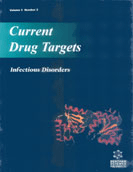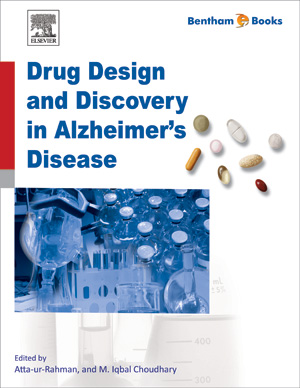Abstract
Retinal angiogenesis is evident in a number of different pathological and degenerative conditions including proliferative diabetic retinopathy, retinopathy of prematurity and age-related macular degeneration. There have been numerous attempts to control retinal angiogenesis but the fragility of the tissue and the presence of the blood retinal barrier limiting the transport of pharmacological agents has proved problematic in the therapeutic regulation of this process. This chapter presents the structure of the retina in relation to the structure of the eye. In addition, the molecular initiators of angiogenesis are discussed and in particular how the hyperglycaemic environment leads to oxidative stress in proliferative diabetic retinopathy. The lack of perfusion due to damage from the diabetic milieu, the impaired retinal development in the case of retinopathy of prematurity and the aging of the retinal pigment epithelial cells are characteristics that are associated with angiogenesis. The consequent reduction in oxygen level that follows impaired perfusion creates an hypoxic environment that stabilises hypoxia inducible factor type 1 alpha and precipitates the activation of hypoxia inducible factor type 1. The activation of this transcription factor leads to the increased expression of a number of genes including vascular endothelial growth factor and this is central to the angiogenic process. The development of specific pharmacological inhibitors of aldose reductase, protein kinase Cβ, advanced glycatedend products, hypoxia inducible factor type 1 alpha and vascular endothelial growth factor are reviewed. Inhibition using small interfering RNAs to inhibit specific pathways and the use of cell replacement is discussed in terms of their therapeutic potential.
Keywords: Age-related macular degeneration, Angiogenesis, Diabetes, Diabetic retinopathy, Reactive oxygen species, Retina, Retinopathy of prematurity.






















